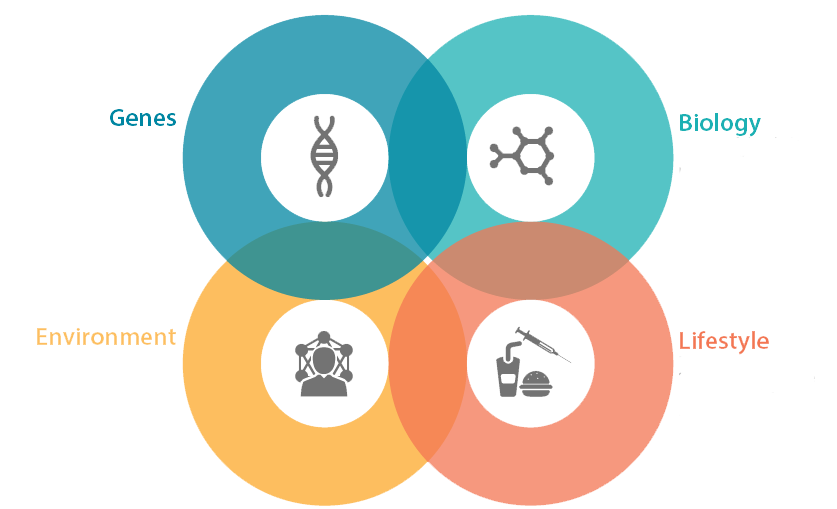Skip to content

- Individual Micro-Level Data – This could include data manually entered or imported from other devices or apps at app.crowdsourcingcures.org, This could also include shopping receipts for foods, drugs, or nutritional supplements purchased and insurance claim data.
- Macro-Level Epidemiological Data – This includes the incidence of various diseases over time combined with data on the amounts of different drugs or food additives. This is how it was initially discovered that smoking caused lung cancer. With macro-level data, it’s even harder to distinguish correlation from causation. However, different countries often enact different policies that can serve as very useful natural experiments. For instance, 30 countries have banned the use of glyphosate. If the rates of Alzheimer’s, autism, and depression declined in these countries and did not decline in the countries still using glyphosate, this would provide very powerful evidence regarding its effects. Unfortunately, there is no global database that currently provides easy access to the incidence of these conditions in various countries over time and the levels of exposure to various chemicals.
- Clinical Trial Data – This is the gold standard with regard to the level of confidence that a factor is truly the cause of an outcome. However, it’s also the most expensive to collect. As a result, clinical trials are often very small (less than 50 people). Exclusion criteria in trials often prevent study participants from being representative of real patients. There are ethical considerations that prevent us from running trials that have any risk of harm to participants. Due to the expense involved we have very few trials run on anything other than a molecule that can be patented and sold as a drug.
